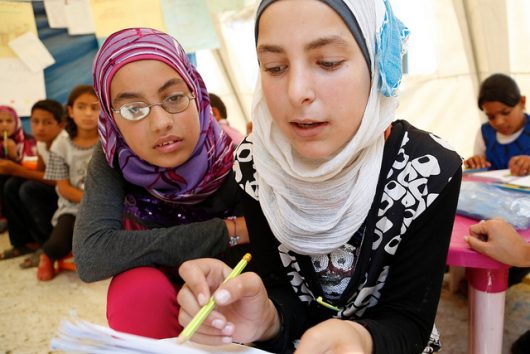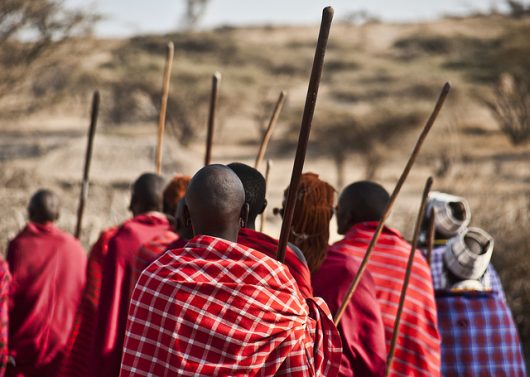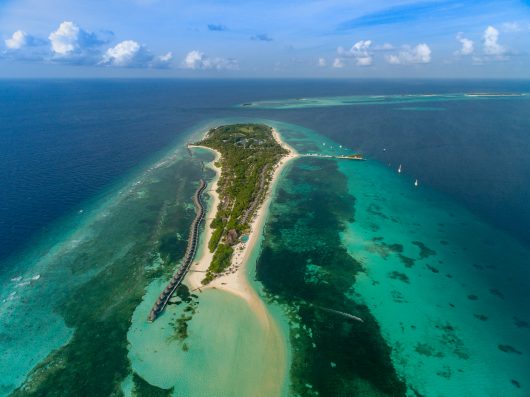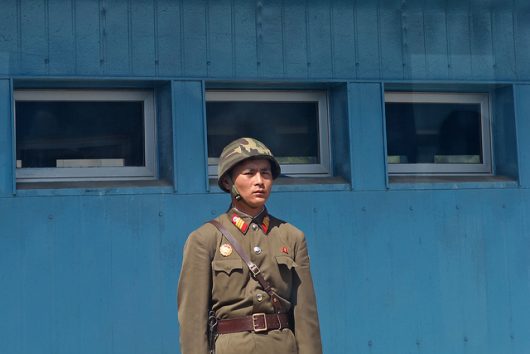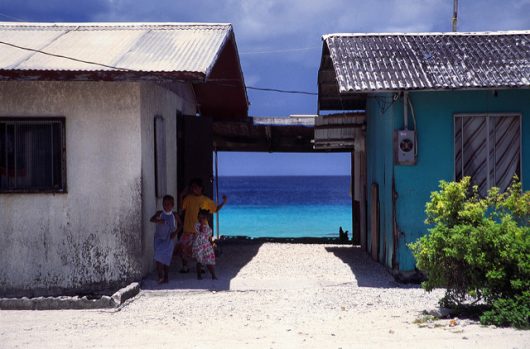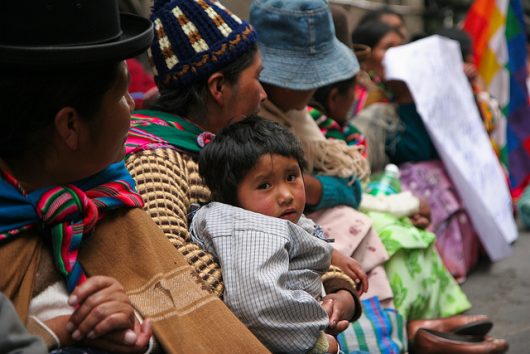
Bolivia is a mountainous landlocked country in the heart of South America. With 36 languages and 51 indigenous groups, it is a mosaic of the diversity in the Andes. Since establishing independence in 1825, the country has experienced serious political turmoil, with the total number of revolutions and coups around 190. With so much chaotic political history, the incredible story of refugees in Bolivia is often forgotten. Here are 10 facts about refugees in Bolivia.
10 Facts About Refugees in Bolivia
- As the Holocaust intensified, so did measures across the world to prohibit Jewish refugees from immigrating into safer countries. In the famous case of transatlantic liner St. Louis where nearly 1,000 German Jews aboard were denied entry to Cuba, then the United States and finally Canada showed the shameful policy of turning people back to the countries they were fleeing to face certain death. While most countries were closing their borders, Bolivia opened its immigration policies, welcoming 30,000 Jewish refugees from 1938 to 1941.
- Bolivian consulates in capitals across Europe provided visas. The refugees then flew to Chile where they boarded a train to La Paz. Due to the large amount of Jewish refugees on this train route, it became known as El Expres Judio (the Jewish Express).
- Tin mining tycoon Mauricio Hochschild has been referred to as the “Bolivian Schindler” because he orchestrated the escape of between 3,000 and 9,000 Jews. He then put the men to work running the mines and created charities such as daycares for the children. This incredible effort was even larger than Oskar Schindler’s plan, which saved around 1,000 Jews.
- Uruguayan rock star Jorge Drexler is the grandson of German refugees escaping Nazi persecution, who were welcomed to Bolivia under the open door policy. He recently composed a song called “Bolivia” to commemorate this event.
- Bolivian President Evo Morales recently held the World Without Walls Conference on World Refugee Day, where he used very radical language for a head of state, saying that we should work towards “universal citizenship” and that is impossible for a person to be “illegal.”
- Bolivia is currently facing a crisis of climate refugees. When Lake Poopo dried up, it was the death of a cultural resource so important that locals referred to it as “mother” and “father.” It has led to nearly a thousand refugees coming down the mountain and forming shanty towns outside of La Paz. It is one of the most catastrophic events for refugees in Bolivia.
- Bolivia has also produced political refugees such as former consul general in Washington, D.C., Carlos Hugo Jiminez. He fled to Canada after becoming the target of death threats due to his political affiliation. As of 2016, he had been waiting for four years to receive his asylum status.
- The Bolivian government is a vocal advocate for statehood for refugees across the world. It is one of the countries to formally recognize Palestine as independent and is a vocal advocate for a Polisario-based state in the Western Sahara.
- Lack of economic opportunity and changing climate conditions are creating large flows of migrants from Bolivia across the Argentine border. The Argentine government has responded by calling for a special border police force and some right-wing lawmakers calling for a wall.
- Water access and extreme poverty are driving factors for immigration and refugees in Bolivia today. The glaciers of the Andes are melting at an extreme rate and, by most estimates, all of them will be gone by the end of the century. Thirty percent of the 2.3 million people from El Alto and La Paz depend on these glaciers for water.
Water protests have shut down entire cities in Bolivia, especially in the Cochabamba Water Wars of 2000. The melting of glaciers, drought and changing climate conditions could be a huge source of instability, refugees and immigration in the future. Bolivian President Morales shows commitment to the environment going as far as to legislate granting rights to the land and Earth itself. Regional and international partners will be necessary to tackle the climate challenges that will otherwise be left unaddressed and create more refugees in the future.
– Jared Gilbert
Photo: Flickr
